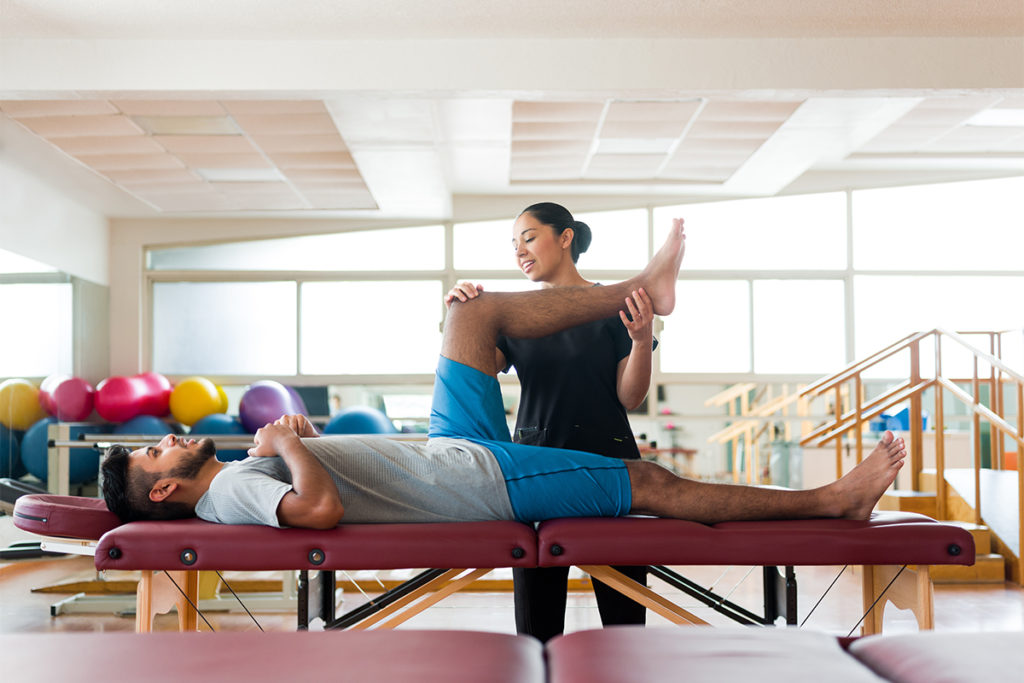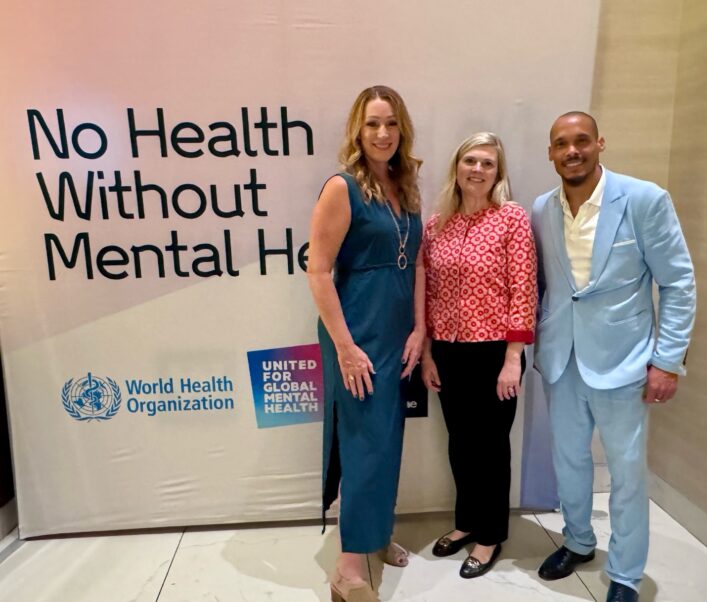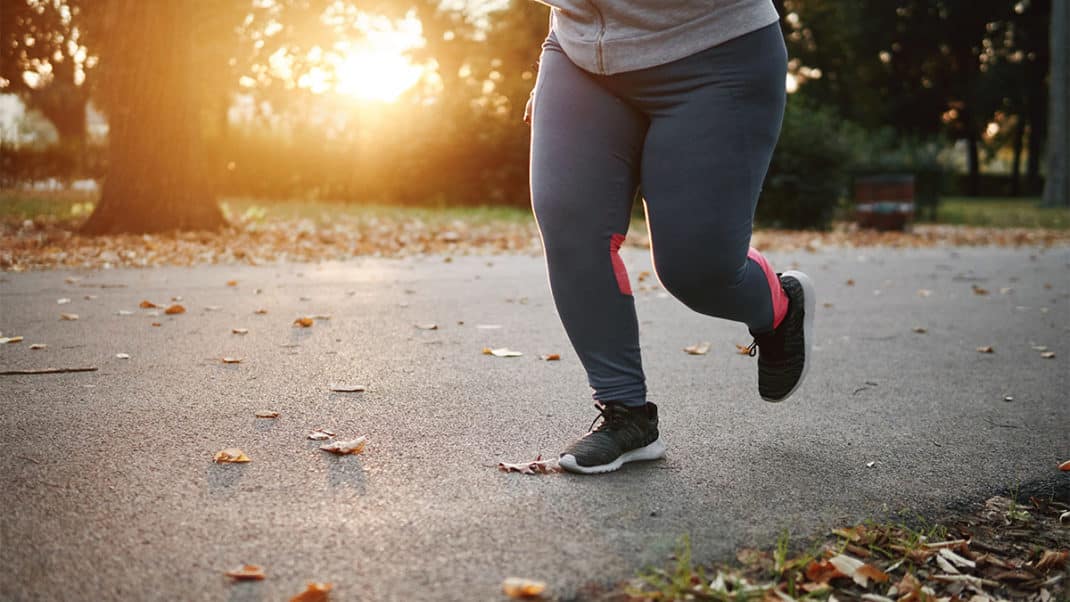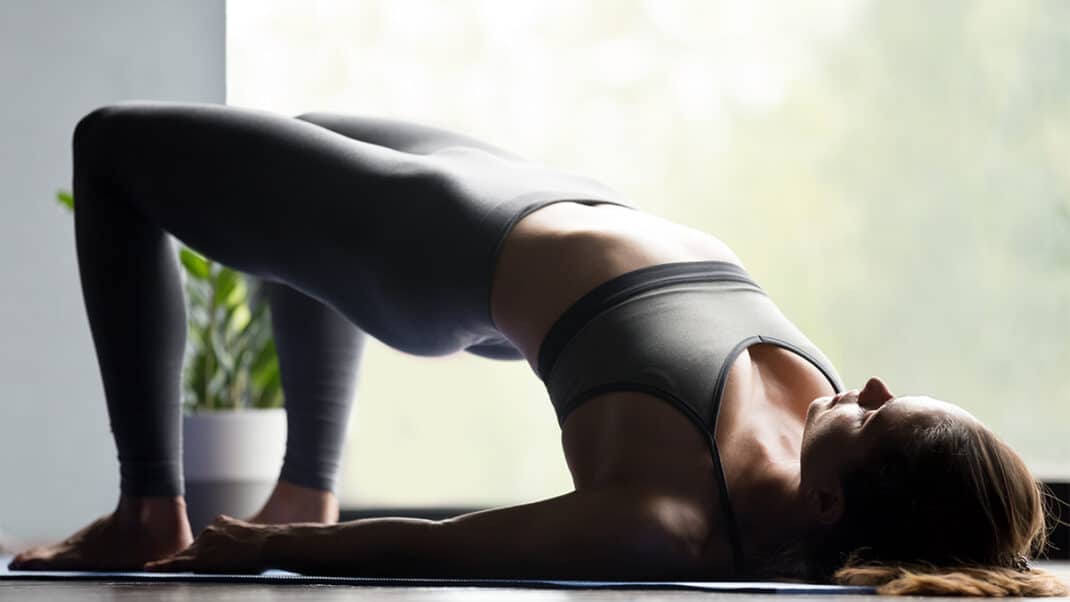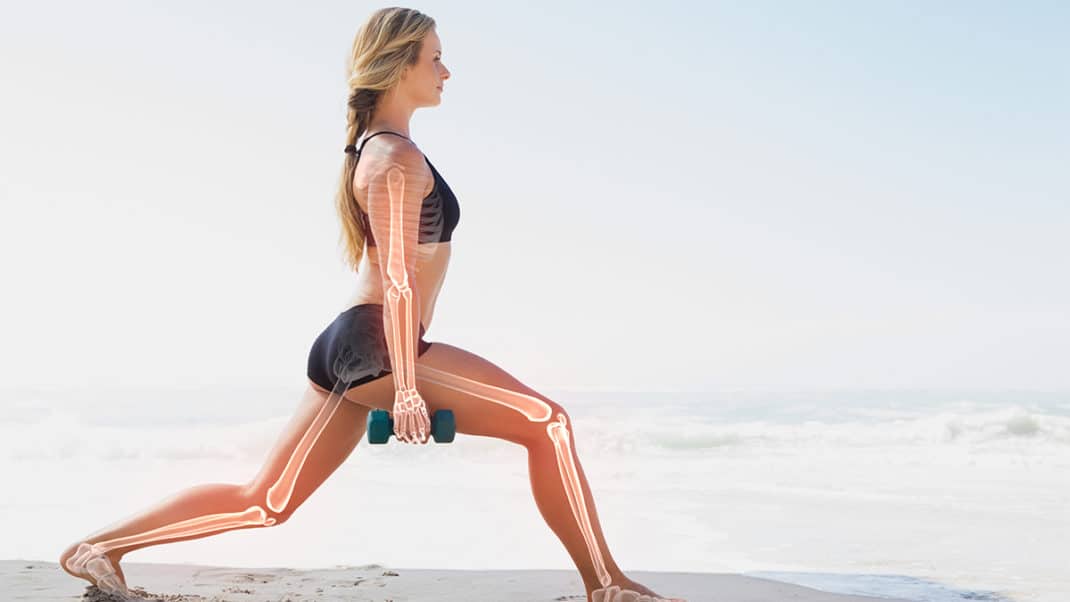Special Report: Older-Adult Programming
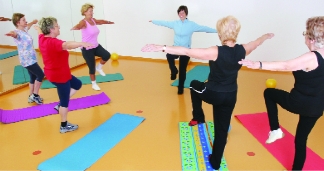
Older-adult fitness is booming. Once considered a specialty niche, older adults are entering fitness facilities in throngs, looking to regain function, prevent injury and improve quality of life. The fitness industry has also begun to widen its gaze to include persons living in active-retirement communities or assisted-living facilities. Professionals interested in working with this population have driven the industry’s focus on providing research-based, effective and enjoyable programming.
Recent research supports exercise programs for seniors. One study, published in the Journal of Gerontology: Medical Sciences (2006; 61A [11], 1157–65), touted structured exercise as
a factor in the “physical well-being of sedentary seniors who are at risk of losing independent function.” The yearlong study included 424 participants aged 70–89 years who, before the study, spent fewer than 20 minutes per week being physically active. Subjects were divided equally into two groups. The exercise group participated in 150 minutes of walking weekly, in addition to doing leg stretches, balance training and leg strengthening. The control group participated in a “successful aging” program that provided information on nutrition, medications, foot care and more. This program was complemented by instructor-led arm and shoulder flexibility exercises. At 6 and 12 months, subjects in the exercise group showed greater improvements in physical performance than their less active counterparts.
Mary Sanders, PhD, FACSM, associate professor at the University of Nevada, Reno, school of medicine, is one of many IDEA members leading the charge toward encouraging physical activity among older adults. She works with seniors who are in the rehabilitation wings of assisted-care facilities. “Some of the people I see are diabetics who have recently had a limb amputated,” she says. “After they are released from the doctor and physical therapists, I design an appropriate, home-based exercise program [that equips them] to train to live life as fully as possible.”
Sanders has significant concern for the welfare of the older-adult population and believes that the “public health [system] is not prepared to deal with the coming epidemic of disability.” Together with Mizuno water fitness professionals in Japan, Sanders has been collecting research data from 100 women in regard to the benefits of water fitness for seniors, and has drawn promising results indicating that “water exercise programs contribute to maintaining and/or improving land-based functional skills.”
IDEA’s corporate spokesperson on older-adult fitness, Peggy Buchanan, MA, is director of fitness, aquatics and physical therapy for the Vista Del Monte active retirement community in Santa Barbara, California. She is also the
corporate vitality lifestyles program
coordinator for Front Porch, a nonprofit provider of retirement housing and services in Southern California. “We provide six-dimensional whole-person wellness, not just basic exercise programs,” says Buchanan. “Our walking programs are focused on appreciating the outdoors, learning about oxygen and its effects and understanding gait patterns. It’s not just about fitness.”
“I hope fitness professionals explore modalities that include both land and water exercise for health and function as people age,” says Sanders. “I see the need for compassionate, individualized and integrated approaches to health using a wide variety of skills, options and experiences.”
Buchanan agrees: “Senior exercise needs to take into account the whole person. It needs to address balance issues and help make connections between the body’s systems.” Buchanan suggests, for example, integrating walking poles into programs instead of advocating single-cane use, as she believes poles reduce the potential for compensation patterns. She argues that the focus with the senior population has been largely one-dimensional and requires more thought and understanding if fitness professionals are to help older adults gain or retain independence. “What we are trying to do is upgrade aging,” says Buchanan.
—Ryan Halvorson
Joy Keller
Joy Keller is the director of marketing communications & PR at IDEA, and has also served as executive editor of IDEA Fitness Journal, IDEA Fitness Manager, IDEA Pilates Today, and IDEA Fit Business Success. She is also a certified personal trainer, indoor cycling instructor and yoga teacher (RYT 200).

